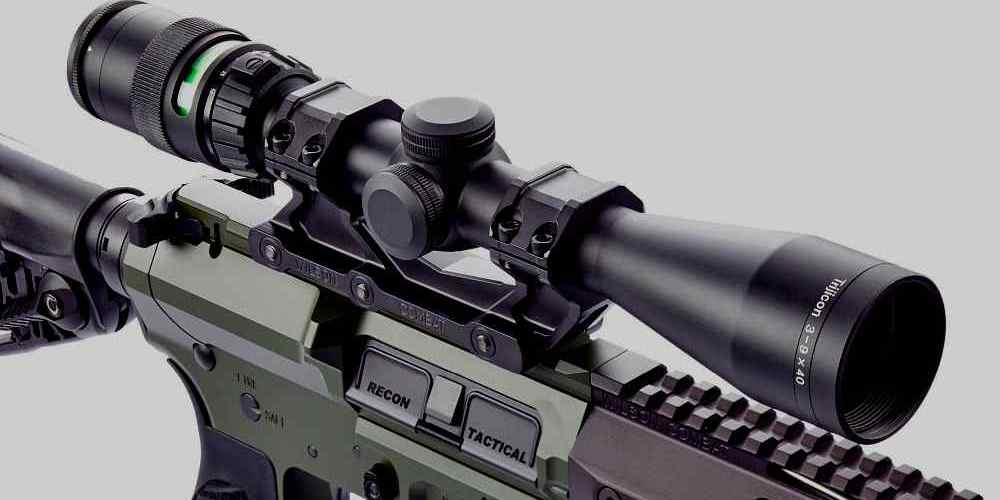Beginner’s Guide to Shooting an AR-15
Introduction
The AR-15 is one of the most popular rifles in the United States, known for its versatility, accuracy, and ease of customization. Whether you are a beginner looking to learn how to shoot an AR-15 or an experienced shooter looking to improve your skills, this guide will provide you with the essential information you need to get started.
Understanding the Basics
Before you start shooting an AR-15, it is important to understand the basic components of the rifle. The AR-15 is a lightweight, magazine-fed, gas-operated, air-cooled, semi-automatic rifle. It is chambered in .223 Remington or 5.56x45mm NATO caliber, which makes it suitable for both hunting and target shooting.
Key Components of an AR-15:
- Upper Receiver
- Lower Receiver
- Barrel
- Bolt Carrier Group
- Stock
- Handguard
- Sights or Optics
Safety First
Prior to handling any firearm, safety should always be your top priority. Here are some essential safety tips to keep in mind when shooting an AR-15:
Safety Tips:
- Always treat the firearm as if it is loaded.
- Keep your finger off the trigger until you are ready to shoot.
- Never point the gun at anything you do not intend to shoot.
- Be aware of your target and what is beyond it.
- Wear hearing and eye protection at all times.
Shooting Stance and Grip
Proper shooting stance and grip are crucial for accuracy and recoil management when shooting an AR-15. Here are some tips on how to achieve a stable shooting position:
Shooting Stance:
- Stand with your feet shoulder-width apart.
- Bend your knees slightly for better stability.
- Lean slightly forward into the rifle.
Shooting Grip:
- Hold the pistol grip with your dominant hand.
- Slightly bend your elbow and keep a firm grip on the rifle.
- Sandwich the handguard between your non-dominant hand and forearm for support.
Aiming and Firing
Aiming is a critical component of shooting accurately with an AR-15. Whether you are using iron sights or optics, proper aiming techniques can significantly improve your shooting skills.
Aiming Techniques:
- Align the front sight post with the rear sight aperture for iron sights.
- If using optics, ensure proper zeroing of the scope for accurate shots.
- Focus on the front sight post and place it on target before squeezing the trigger.
Practice Makes Perfect
Like any skill, shooting an AR-15 requires practice and dedication to improve. Regular range time and drills can help you become more proficient with your rifle. Consider taking a firearms training course to learn advanced shooting techniques and safety protocols.
Conclusion
In conclusion, shooting an AR-15 can be a rewarding experience for beginners and experienced shooters alike. By understanding the basics of the rifle, prioritizing safety at all times, mastering your shooting stance and grip, practicing proper aiming techniques, and dedicating time to practice regularly, you can enhance your shooting skills and enjoy the thrill of hitting targets with precision. Remember that safety should always come first when handling firearms, so follow all safety guidelines and regulations when shooting an AR-15. Happy shooting!



